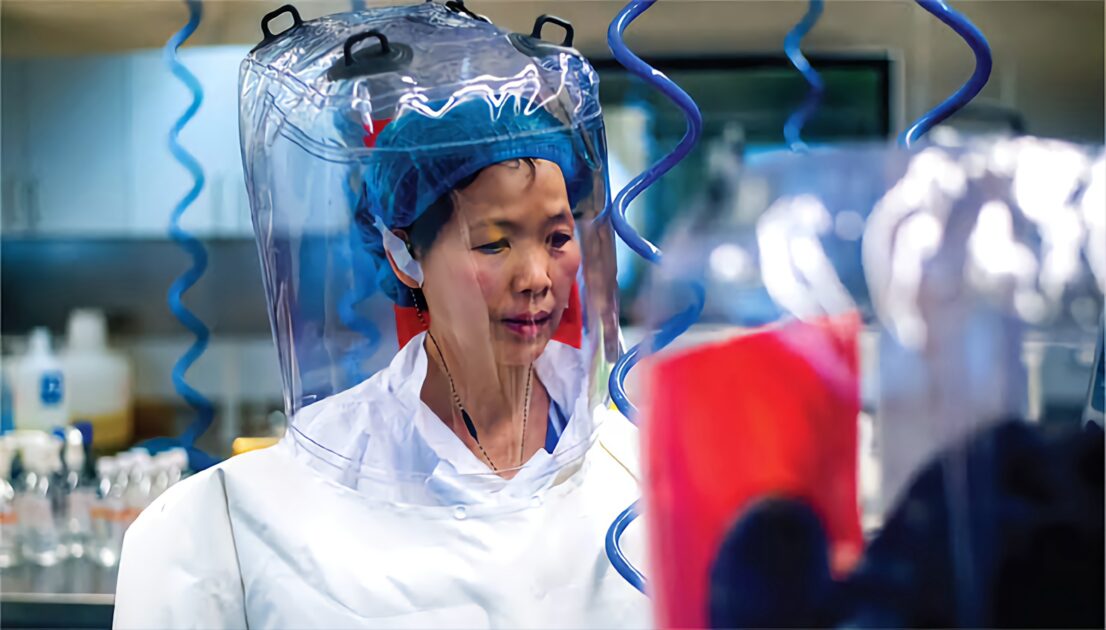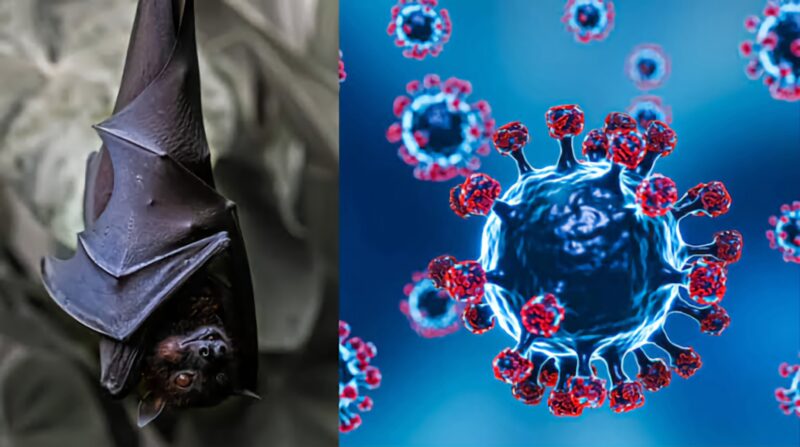Scientists Warn of Potential Human Spillover as Newly Discovered Bat Coronavirus Shows Strong Ability to Bind to Human Cells
A newly identified bat coronavirus in China, named HKU5-CoV-2, has sparked concerns among scientists due to its ability to infect human cells, much like the virus responsible for COVID-19.

The discovery was made by a Chinese research team led by renowned virologist Shi Zhengli, also known as “Batwoman” for her extensive work on bat coronaviruses. Shi, affiliated with the Wuhan Institute of Virology, has been at the center of debates surrounding the origins of COVID-19, particularly the controversial lab leak theory—a claim she has consistently denied.
Why This Matters
Coronaviruses are a large family of viruses, but only a handful have been known to infect humans. Some of the most notable include:
- SARS (Severe Acute Respiratory Syndrome)
- SARS-CoV-2 (the virus behind COVID-19)
- MERS (Middle East Respiratory Syndrome)
What makes HKU5-CoV-2 particularly concerning is its ability to bind to the ACE2 receptor in human cells— the same pathway used by SARS-CoV-2 to enter and infect human tissues. This suggests that the virus could have the potential to spread to humans.

HKU5-CoV-2 is part of the merbecovirus group, which includes the deadly MERS virus. Unlike many other bat coronaviruses, this one shows a stronger ability to interact with human cells, increasing its potential spillover risk. Scientists used Cryo-Electron Microscopy (Cryo-EM), a cutting-edge imaging technique, to analyze the virus’s structure.
Key findings from the research includes:
- HKU5-CoV-2 infected human cell cultures in lab experiments.
- It successfully entered human ACE2-expressing cell lines and human respiratory and intestinal organoids.
- The virus demonstrated a higher adaptation to human ACE2 than previous HKU5-CoV variants.
What Experts Are Saying
The study, published in the scientific journal Cell, warns that bat merbecoviruses pose a significant risk of spillover to humans, either directly or through an intermediate host.
Study Highlights:
- Structural and functional analyses indicate that HKU5-CoV-2 has a better adaptation to human ACE2 than lineage 1 HKU5-CoV.
- Authentic HKU5-CoV-2 infected human ACE2-expressing cell lines and human respiratory and enteric organoids. This study reveals a distinct lineage of HKU5-CoVs in bats that efficiently use human ACE2 and underscores their potential zoonotic risk.
What Happens Next?

The research was conducted by the Wuhan Institute of Virology, the Guangzhou Laboratory, and the Guangzhou Academy of Sciences. Scientists emphasize that further investigation is needed to determine the full extent of the virus’s potential impact on humans.
As concerns over emerging viruses grow, researchers stress the need for enhanced global surveillance, early detection, and pandemic preparedness to mitigate the risks posed by new coronaviruses before they become major public health threats.










Join our Channel...